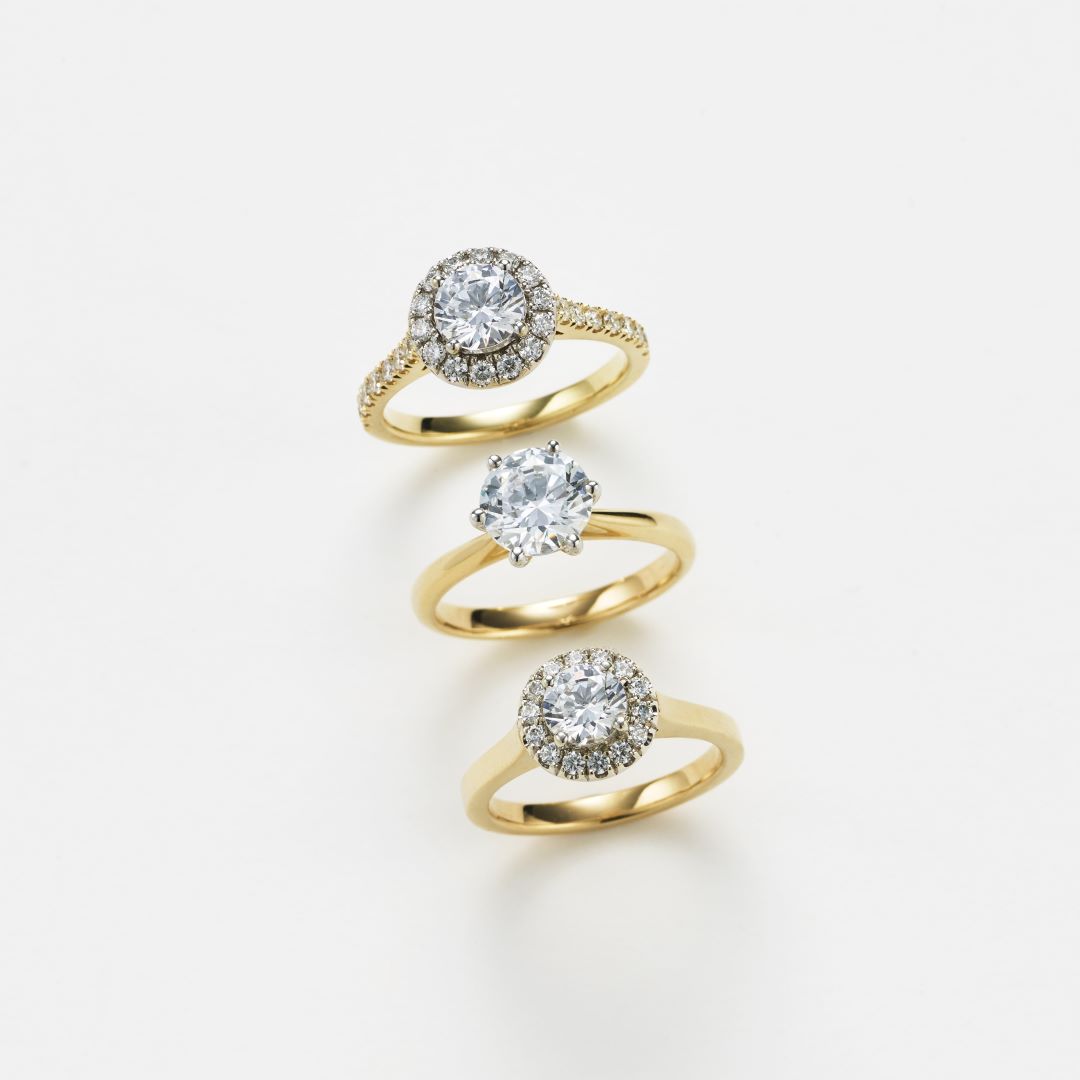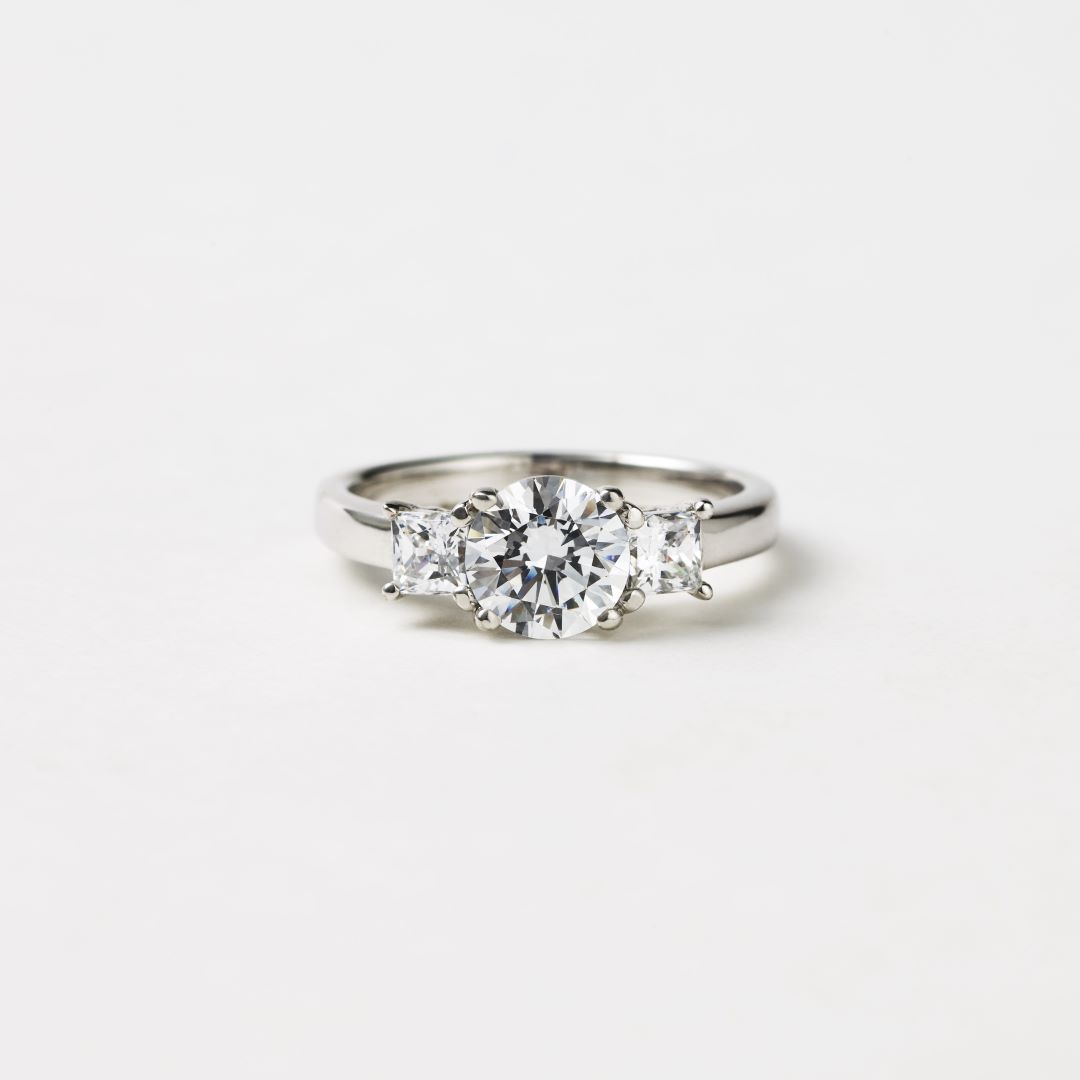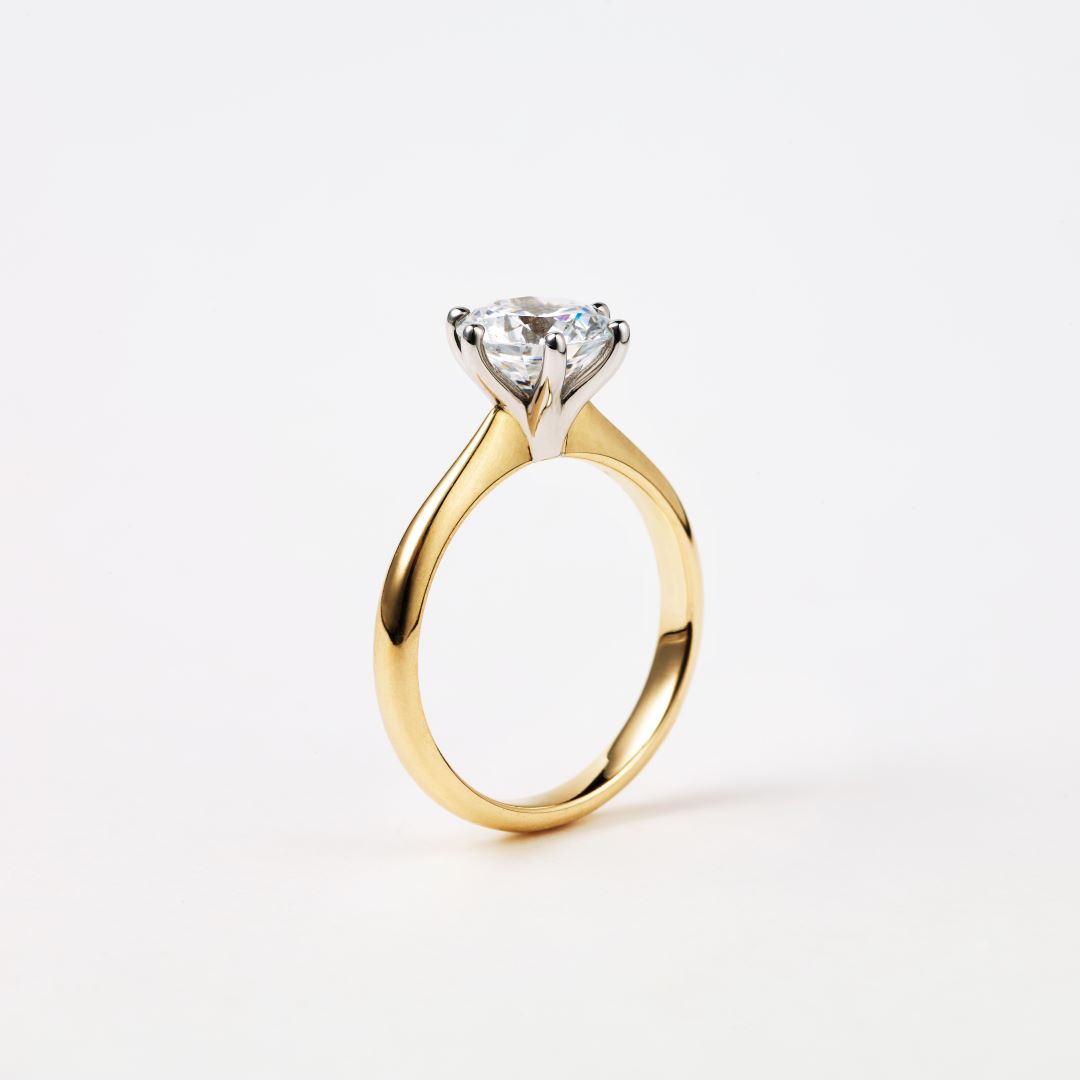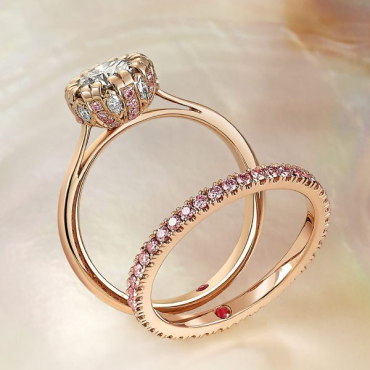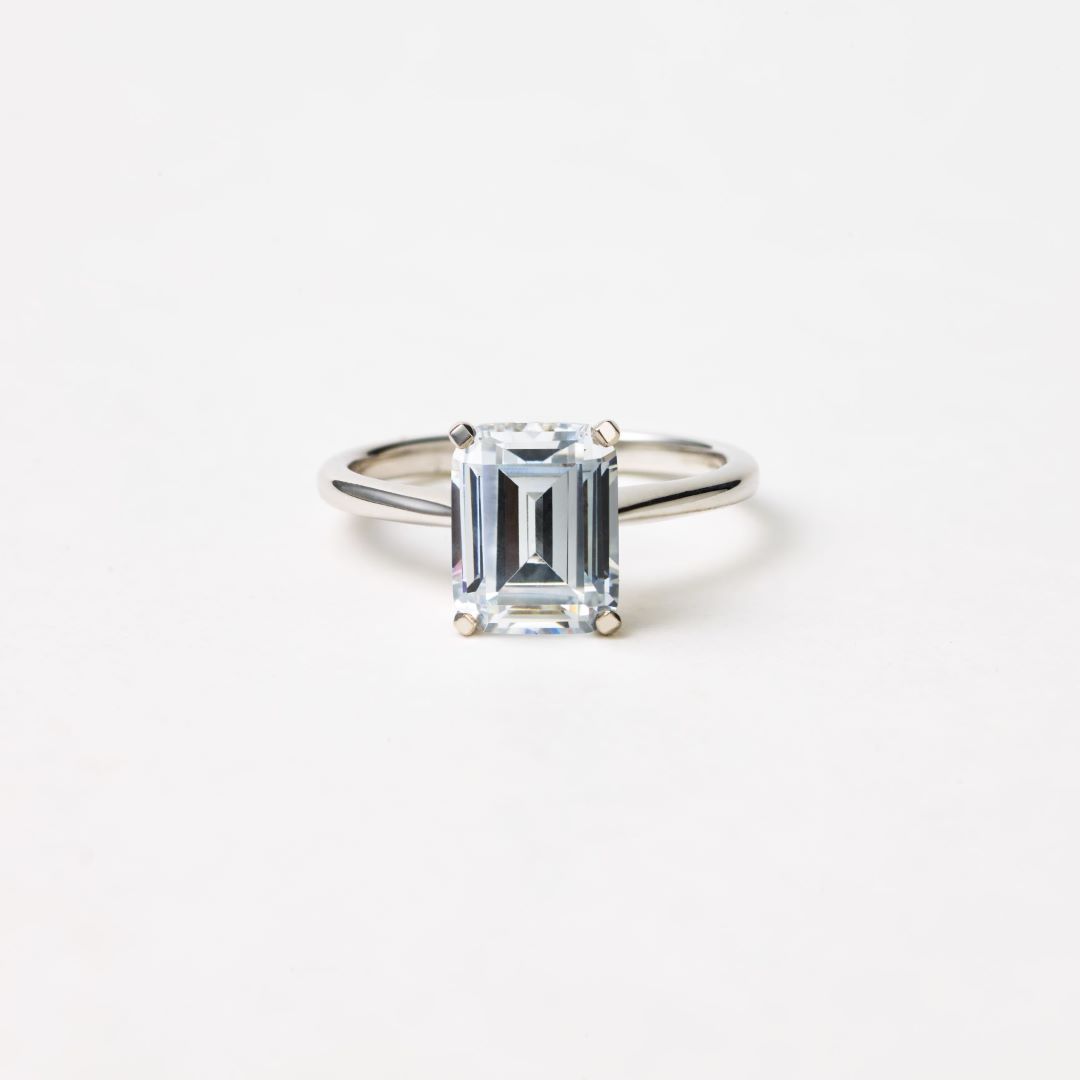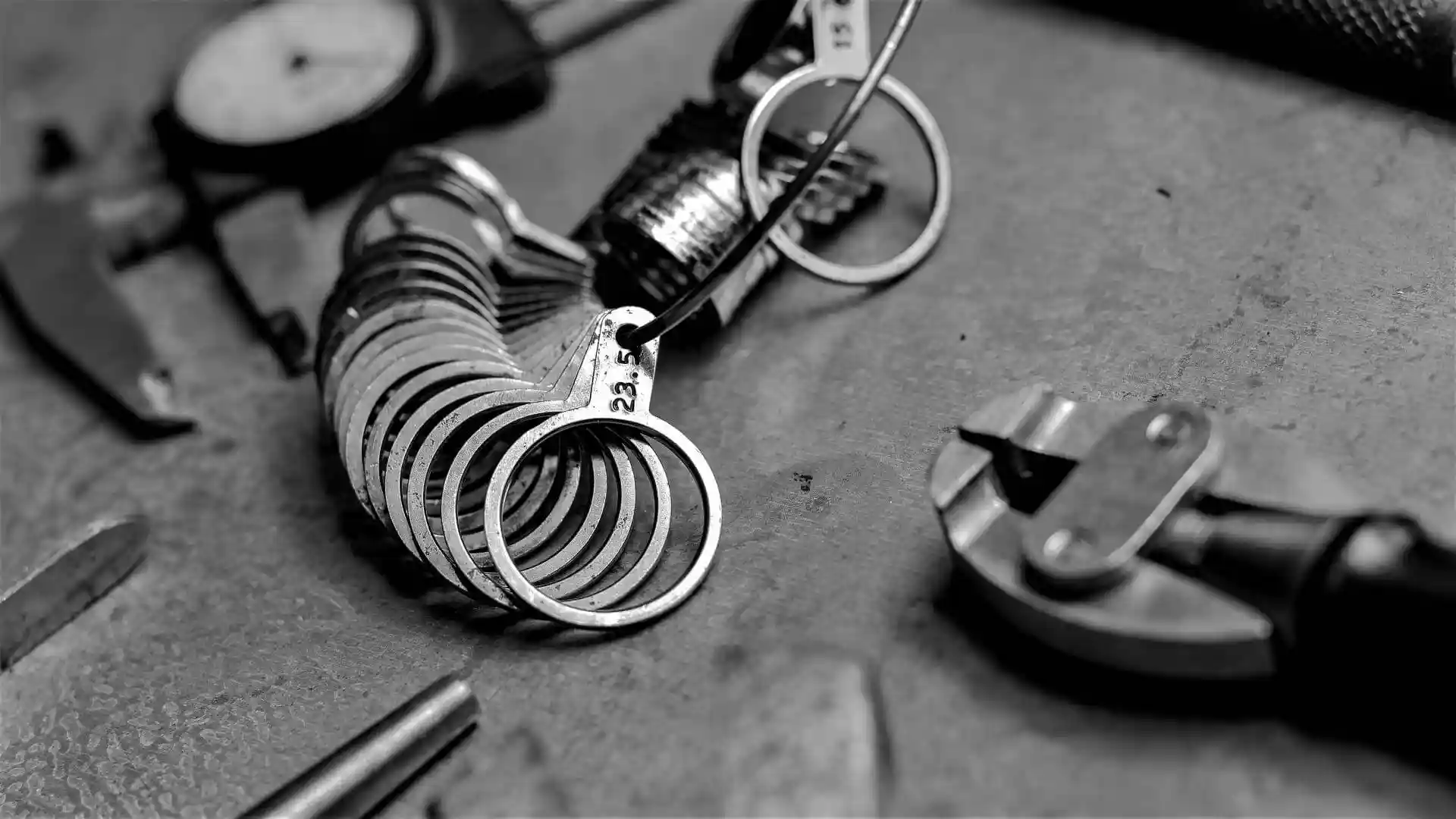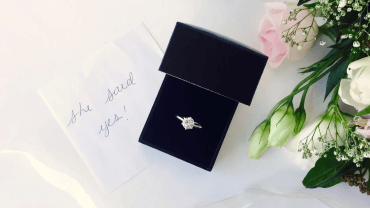Choosing the Right Colour Gold for Your Engagement Ring
When choosing diamond engagement rings, one of the first choices is the type of metal for the band. Colour, hardness and appearance are all important aspects to consider.
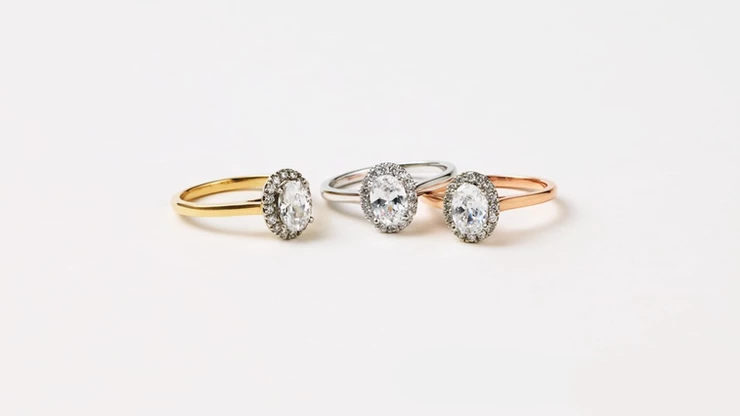
Diamonds On Richmond make finding the perfect engagement ring stress-free. Find your perfect engagement ring.
Gold has been used in jewellery for around 5000 years. Ancient Egyptians favoured the luxury, workability and rarity of gold, and these are the same reasons we love it now.
Gold is incredibly adaptable and easy to craft. When it’s extracted from the earth, it’s relatively soft - only about 2.5 on the Mohs scale of hardness. In comparison, a diamond is a 10 on the scale.
Gold purity and carat ratings
The first thing to understand about gold is carat value, which tells you how many units out of a total of 24 are actually pure gold. To change the appearance and durability of gold, jewellers create alloys, which are a combination of gold and another metal.
The purest gold carat rating is 24ct. Other common ratings include 18ct, 14ct and 9ct. Lower carat ratings are less expensive and more durable. Gold has been hallmarked with the carat rating since 1238 AD and you can easily find a stamp on the interior of the ring band with either the ct rating, or a percentage. For instance, 18ct gold will sometimes be stamped with 750.
What is the difference between yellow gold, rose gold and white gold?
The material the gold is mixed with affects the colour of the gold.
18ct gold is a very warm yellow colour. This is the classic colour for engagement rings.
White gold has the addition of either palladium, platinum, or silver. As it is a slightly off white colour, it’s often rhodium plated, giving it a silvery sheen. Be aware that white gold engagement rings need more maintenance, as the rhodium requires re-plating every 1-2 years depending on how it is worn.
A rose gold engagement ring is a modern, non-traditional option. There is copper added to the gold, giving it a warm, soft glow.
Gold has a number of benefits over other metals. Unlike silver, it won’t tarnish and in general it is non-reactive with most other chemicals. This makes it ideal for everyday wear. Gold also lends itself well to jewellery making because it’s extremely malleable. Gold can carry exquisite, detailed designs and fine engraving.
There is a trade-off between colour, durability and allergies, however. Pure gold is soft, so adding alloys is essential for improving resistance to scratches and dents.
Is white gold cheaper than yellow gold?
Prices of precious metals change all the time. Talk to us at DOR and we can advise you on pricing at the time. Regardless of price, we always recommend choosing the metal you love the most, as you’ll be wearing it for a long time.
What is the best carat gold to buy?
There is no ‘best’ carat rating. While 24k is the most pure, it’s also the softest and not suitable for use in everyday jewellery. The lower the carat, the more alloy metals mixed in it. These other metals provide strength and provide colour in the case of white gold and rose gold. The best carat gold is the one that you love the most.
Do diamonds look better in white or yellow gold?
High-grade colourless diamonds look stunning in white gold or platinum engagement rings, as any colour in the diamond will be more noticeable. A yellow gold setting can also reflect back yellow colour into a white stone. On the flip side a slightly yellow tinted stone can look great with a yellow gold setting. Most of our clients do a platinum or white gold setting to hold their diamond and then choose either white gold, platinum or yellow gold for the band based on their personal preference.
What is platinum? Is platinum better than gold?
Platinum is another precious metal often used in jewellery. It’s highly durable and a steely white colour. Most platinum engagement rings are about 95% platinum and 5% ruthenium. It’s hypoallergenic, does not tarnish and is a bright white, so doesn’t need rhodium plating. True platinum should be stamped with 950 or PLAT on the inside.
Palladium is part of the platinum family. It’s softer than platinum and harder than gold – and it doesn’t require rhodium plating.
Platinum or palladium are no better or worse than gold; they are simply another option available to you.
Gold colour trends for engagement rings
Trends come and go but marriage is forever. Don’t get caught up with choosing the latest fashion or what your best friend prefers; pick the kind of metal you like with a colour that looks good with your skin tone. When trying on gold engagement rings, you might be surprised to find that the rose gold or platinum that you thought you liked, doesn’t look as good as the warm 18ct yellow gold.
If you’re not sure, book an appointment at DOR. Our Client Managers can help you to choose the best option for you and can explain the benefits of platinum and the gold types you’re considering.
Want to know more about diamond engagement rings and gold?
If you want to know more about engagement rings, check out The Diamond Buying Guide - The 4Cs of Diamonds. Then, to take it one step further, let one of our Client Managers introduce you to the exciting process of choosing the perfect diamond cut and gold type for your engagement ring.
EXPLORE ENGAGEMENT RINGS
At DOR we've made buying an engagement ring stress-free. Simply choose from our Collection, start with a proposal ring or customise one of our classic designs.
ENGAGEMENT RING COLLECTION
We've made it easy! Browse our designs, then tailor to your price point.
VIEW COLLECTIONMINED OR LAB GROWN DIAMONDS
The choice is yours! At DOR we offer both lab-grown and mined diamonds.
LEARN MORECUSTOM RINGS
Feeling creative? Tailor any ring in our Collection to suit your individual style
LEARN MORE